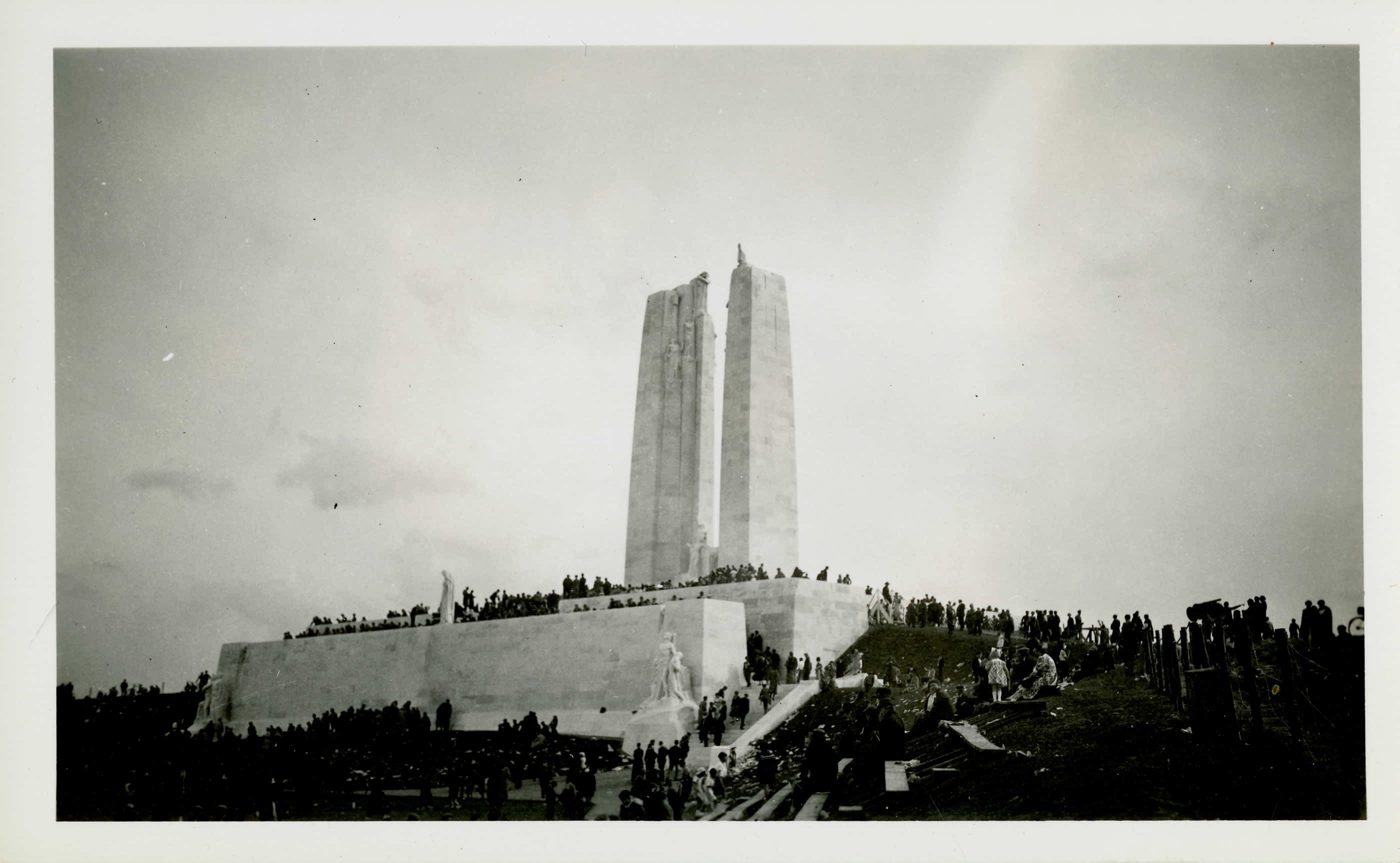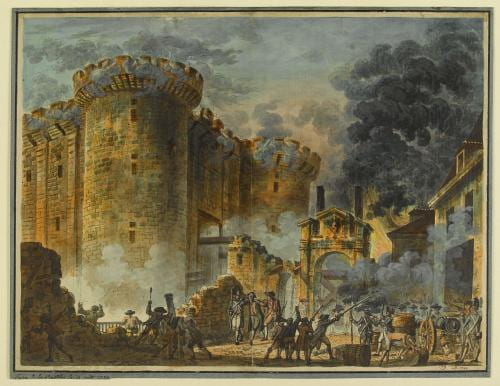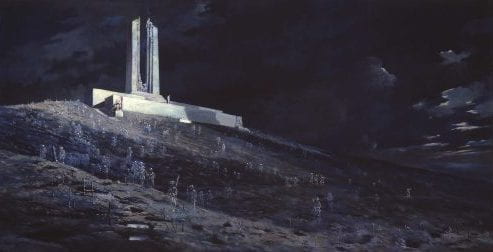By Sophie Marcotte Chénard
In a book impressive by the vast array of themes, authors and traditions from which it draws, Jeffrey A. Barash proposes a dense reflection on the theoretical and practical aspects of collective memory, its symbolic institution in the public sphere, and its scope in contrast with what he calls the “historical past.” Barash’s inquiry plays on these two levels: the specificity of the distant past on the one hand, and the conditions of the lived experience given through collective remembrance on the other. The advantage of latter is that it escapes the problem of the remote past, which only exists through the operation of the historian. The specific object of history—the past—is by definition a reality that ceased to be. Therefore, we have a better chance to grasp memories created out of the experience of living generations (the shared experience of Martin Luther King’s speech, for instance, or the memory of the survivors of the Holocaust). Barash argues that collective memory, as an object of investigation, only comes at the forefront after a radical shift from a metaphysical and atemporal conception of human nature to a reflection based on an anthropological turn. An epochal change took place in the inter-war period in Europe: the tragic events of the 20th century paved the way to a vision of history and temporality based on discontinuity rather than continuity. The interplay, or tension—or even to a certain extent dichotomy—Barash draws between memory of lived experience and the “historical” past lies at the core of his demonstration and will be the focus of my intervention.
In chapter six entitled “The contextualized Past: Collective Memory and Historical Understanding,”Barash sets himself to “radicalize” the insights into historicity brought this distinction (p. 169). Briefly stated, collective memory has a specific limit, that of the temporal finitude of groups who share these experiences of remembrance. Collective remembrance will inevitably fade in the past and in the process become more opaque to us. For Barash, experience is the condition of collective memory. In that sense, his approach has definite phenomenological undertones. Temporal change and discontinuity make collective memory slip into the “historical past,” of which we can only have “passive recesses” and not a direct and full experience. The conclusion Barash draws follows accordingly: “In view of the historicity, contingency, and discontinuity of human groups, of the radical shifts between successive horizons of contemporaneity, the ongoing continuity of the êthos, deposited in the passive recesses of shared symbolic forms, is more often a source of ideological claims and political mythologies than of empirically ascertainable comprehension” (p. 170).
From that affirmation, one might think that Barash completely rejects the “historical past.” There are two main reasons for that. The first is quite clear: he insists on the fact that any supposed historical continuity—and its corollary, the idea of a stable identity of groups—could be instrumental in justifying ideological claims. The second reason has to do with the way we approach the past. Echoing Merleau-Ponty’s notion the “flesh of the world” (la chair du monde), Barash claims that collective memory is based on the experience of the social and the political “in the flesh.” Given that, the remote past cannot but become a second-order “reality,” a “secondary form of recollection” (p. 35). There is, in the theoretical reflection on history broadly construed, an irremediable gap between Erfahrung and Wissenschaft, between experience and knowledge. In Barash’s view, there seems to be an unbridgeable distance between written historical accounts of the past and collective remembrance that spans generations, but still remains available in a more immediate manner.

As it turns out, Barash’s enterprise is more nuanced: the distinction between the two spheres serves the purpose of preserving the specificity of the latter as much as of the former. He does not develop extensively on that point, but it seems as though the “historical past,” narrated through specific forms and “mises en scène” (such as in historical novels) performs a function of its own. Barash writes: “However biased and incomplete even the most impartial attempt to recover vestiges of a past beyond living memory may be, its significance, far from limited to the status of a fictive invention of the present, reveals itself not only where it is capable of illuminating what has preceded current times, but where it enables us to place the fluctuating horizons of our own present in perspective” (emphasis mine; p. 196). The question is thus: does he propose something like a “practical past” beyond, or drawing from, the “historical past”? What is the specific ethical or normative function of the historical past that could make it “practical”? And can it intervene in the shaping of collective memory?
My suggestion is that his distinction involves a third sphere, that of a “practical” past. In his most recent book, Hayden White revives Oakeshott’s distinction between a “historical past” and a “practical past” (Oakeshott, On History, p. 19, 42). The historical past possesses no definitive existence: it is only an inference the historian makes in order to understand and explain what happened. In contrast, the practical past concerns everyday life. The former is primarily theoretical, while the latter is oriented toward matters of practical conduct and representation of our social and political world. As White points out, the practical past includes ordinary people carrying “archive of experiences” (White, The Practical Past, p. 99).
A substantial interpretation of the “practical past” would be tantamount to seeing history as providing lessons. This, in turn, would imply that there are unchanging features of human nature or at least transhistorical elements that would authorize the transposition of past actions and judgments to present circumstances. The stronger normative version of the practical past as historia magistra vitae faces serious objections: one would have to embrace a strong metaphysical claim such as the existence of natural law.

Doubts about a “practical past” in the sense of history providing normative guidance are not new. Hegel already expressed skepticism at the idea that we could learn anything about what one ought to do from studying the past. However, the purpose, in White or in Koselleck’s case, is not to recover some lost conception of history as a teacher of life. There seem to be another possible interpretation, one that is also found in Barash’s book: seeing the historical past as foreign leads to a more acute awareness of the contingency of the present.
White proposes to conceive of the practical past as a “space of experience.” (White, The Practical Past, p. 14) The recuperation or re-enactment of the past, it is true, could reinforce or justify “political mythologies,” but it could also serve to reactivate neglected past experiences or past concepts in order to challenge dominant views. One could think here of Quentin Skinner’s renewal of the Machiavellian republican conception of liberty. Koselleck’s notion of the party of the “vanquished” (Besiegten)—those writers of the past whose vision or doctrines have not triumphed – performs a similar function (Koselleck, Zeitschichten, p. 77). Both are illustrations of an indirect, yet practical usefulness of the past seen as foreign in essence. This, in turn, presupposes discontinuity: the renewal of the past is only possible in light of its alterity.
This idea of a practical past is perhaps best expressed by Claude Lefort’s notion of the “unthought” (impensé). Some events, social symbols or shared experiences carry vast reservoirs of meaning, which appear to be inexhaustible. In contrast with the “historical past,” the practical past could be constituted of such elements that provide continuity amid the discontinuity in temporality. As such, these events—revolutions, moments of foundation—connect past and present. It relates to what we could call a “politics of temporality” insofar as it concerns political and social events that “do not pass in the past” to use Claude Lefort’s expression (ce qui ne passé pas dans le passé (Lefort, Le travail de l’oeuvre Machiavel, p. 64-65). Some experiences and their remembrance endure in time and provoke a constant necessity of re-enactment. In other words, these events carry an “unthought”: something that has not yet been thought or has to be thought through again. Could it be the case that such a renewal of the past participates in shaping collective remembrance, not only in an instrumental way, but also in a meaningful one? In that regard, the role of imagination described by Barash makes it possible to envision such as relation to the past.
The idea of a “practical” past certainly supposes more temporal continuity than what Barash is ready to concede. Yet there is a sense of temporal continuity that goes beyond collective memory. Barash’s view presupposes what I would call a “minimal continuity thesis.” As in Koselleck’s thought, there are in Barash’s philosophy of time “structures of repetition” (Wiederholungsstrukturen) observable in the shared symbolic representations. Furthermore, minimal temporal continuity is a necessary condition of measuring and diagnosing temporal change. Far from being an obstacle to overcome, the opposition between continuity and change is a dynamic and productive tension in interpreting collective memory and the historical past.
Barash’s version of what I presented as a “practical” past is not, however, mainly about reactivating past concepts or ideas. Rather, it concerns a more fundamental insight: that of contingency in history and the illusion of an absolute standpoint. In the end, there is no vantage point: one can never achieve a totalizing perspective on history or look at collective memory from above. His interpretation of Proust’s À la recherche du temps perdu exemplifies this point (p. 201).
The past was once an uncertain future. As such, it is as contingent as the present and cannot teach what to do in specific circumstances. That being said, looking at the remote past, even through imperfect historical sources, could highlight the contingency of our situation and in turn demonstrate the need for a plural reading of the present. Seeing the past as practical—and not simply historical—means recognizing the plurality of possible outcomes and the multiplicity of narratives that can emerge out of it and shape our collective representation of the past and the present. The past puts the present in perspective, even when, as Barash reminds us, historical accounts cannot deliver an objective and unbiased view of historical “reality.”
Sophie Marcotte Chénard is a Postdoctoral Fellow in Political Philosophy at the University of Toronto and a Postdoctoral Associate at the Centre for Ethics. She received her Ph.D. in Philosophy and Social Sciences from the École des hautes études en sciences sociales (EHESS) in Paris. Her research focuses on theory and philosophy of history, 19th and 20th-century German and French thought, contemporary political philosophy and interpretive methods in the history of political thought. She has published on Claude Lefort’s phenomenological approach and Quentin Skinner’s contextualism and has a forthcoming article on R.G. Collingwood’s historicism in The Journal of Philosophy of History. She is currently working on her forthcoming book entitled Encountering History in the Making: Political Philosophy and the Challenge of Historicism, which focuses on the relationship between political philosophy and history in the early writings of Leo Strauss and Raymond Aron.
Featured Image: The Vimy Ridge Memorial in Nothern France (Captain William Longstaff; © Beaverbrook Collection of War Art, CWM 19890275-051)




4 Pingbacks